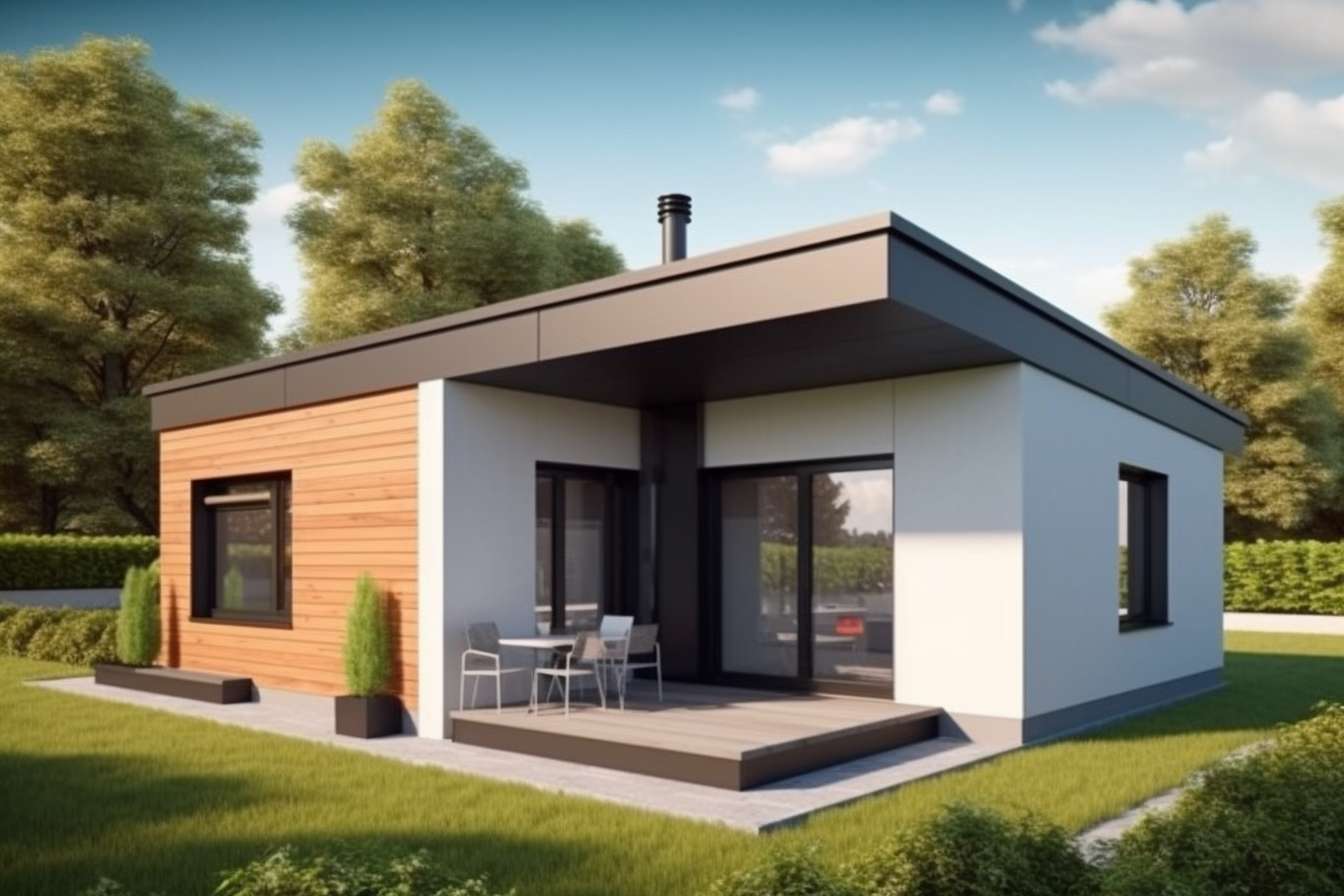Your Guide To Finished Cabins, Their Costs & How They Provide A Comfortable Living
Finished cabins represent a modern approach to comfortable living that combines the charm of rustic aesthetics with contemporary conveniences. These pre-constructed homes offer an efficient alternative to traditional building methods, providing ready-to-move-in solutions for those seeking a balance between nature and comfort. Understanding their features, costs, and benefits can help you make an informed decision about this increasingly popular housing option.

Modern living solutions have evolved to meet diverse housing needs, and finished cabins stand out as an attractive option for those seeking comfortable, efficient homes. These structures combine traditional cabin aesthetics with contemporary amenities, offering a unique living experience that appeals to various lifestyles and budgets.
Introduction to Finished Cabins
Finished cabins are pre-manufactured structures designed to provide immediate occupancy upon installation. Unlike traditional construction methods that require months of on-site building, these homes arrive complete with essential systems including plumbing, electrical work, and interior finishes. The construction process typically occurs in controlled factory environments, ensuring consistent quality and weather-independent production schedules.
These homes range from simple single-room structures to elaborate multi-story residences with full amenities. Materials commonly include engineered lumber, steel framing, and high-quality insulation systems designed to meet modern building codes. The manufacturing process allows for customization options while maintaining cost efficiency through standardized production methods.
Key Features of Finished Cabins
Finished cabins incorporate several distinctive characteristics that set them apart from conventional housing options. Energy-efficient design elements include double-pane windows, advanced insulation systems, and efficient HVAC installations. Many models feature open floor plans that maximize space utilization while creating comfortable living environments.
Structural components often include engineered foundations suitable for various terrain types, weather-resistant exterior materials, and interior finishes comparable to site-built homes. Modern electrical systems accommodate contemporary technology needs, while plumbing systems meet standard residential requirements. Quality control measures during factory construction typically result in fewer defects compared to traditional building methods.
Benefits of Getting Finished Cabins
The advantages of choosing finished cabins extend beyond simple convenience. Construction timelines are significantly reduced, with many projects completed within weeks rather than months. This efficiency translates to lower labor costs and reduced exposure to weather-related delays that commonly affect traditional construction.
Environmental benefits include reduced construction waste through precise material planning and controlled manufacturing processes. Energy efficiency features often result in lower utility costs compared to older conventional homes. The controlled construction environment also allows for better quality assurance and consistent building standards.
Financing options for finished cabins may differ from traditional mortgages, but many lenders now offer specialized loan products for manufactured and modular homes. Maintenance requirements are typically lower due to newer materials and construction methods, while resale values have shown improvement as market acceptance increases.
How Finished Cabins Provide a Comfortable Living
Comfort in finished cabins stems from thoughtful design and modern amenities integrated during the manufacturing process. Climate control systems are engineered to handle various weather conditions efficiently, while sound insulation provides quiet indoor environments. Interior layouts maximize natural light through strategically placed windows and skylights.
Space optimization techniques create functional living areas that feel larger than their actual square footage. Storage solutions are often built-in, reducing clutter while maintaining clean aesthetic lines. Modern appliances and fixtures provide contemporary conveniences, while design flexibility allows for personalization according to individual preferences.
The integration of smart home technology has become increasingly common, allowing residents to control lighting, temperature, and security systems remotely. These features enhance both comfort and energy efficiency while providing modern convenience expectations.
Finished Cabins Costs
Understanding the financial aspects of finished cabins requires examining various cost factors and market options. Pricing varies significantly based on size, features, location, and manufacturer specifications. Basic models typically start at lower price points, while luxury configurations with premium features command higher investments.
| Cabin Type | Size Range | Manufacturer | Cost Estimation |
|---|---|---|---|
| Basic Studio | 400-600 sq ft | Clayton Homes | $45,000-$65,000 |
| Two-Bedroom | 800-1,200 sq ft | Champion Homes | $75,000-$120,000 |
| Luxury Model | 1,500-2,500 sq ft | Cavco Industries | $150,000-$300,000 |
| Custom Design | 1,000-3,000 sq ft | Fleetwood Homes | $100,000-$400,000 |
Additional costs include site preparation, foundation installation, utility connections, and permit fees. Transportation and setup typically add $5,000 to $15,000 depending on distance and complexity. Land costs vary dramatically by location and should be factored into total investment calculations.
Prices, rates, or cost estimates mentioned in this article are based on the latest available information but may change over time. Independent research is advised before making financial decisions.
Financing options include traditional mortgages for permanently installed units, chattel loans for moveable structures, and specialized manufactured home loans. Interest rates and terms vary based on the specific type of finished cabin and installation method chosen.
Finished cabins represent a viable housing solution that balances comfort, efficiency, and cost-effectiveness. Their growing popularity reflects changing preferences toward sustainable, affordable living options that don’t compromise on quality or amenities. As manufacturing techniques continue advancing and market acceptance grows, these homes offer an increasingly attractive alternative to traditional construction methods for various housing needs and lifestyle preferences.




